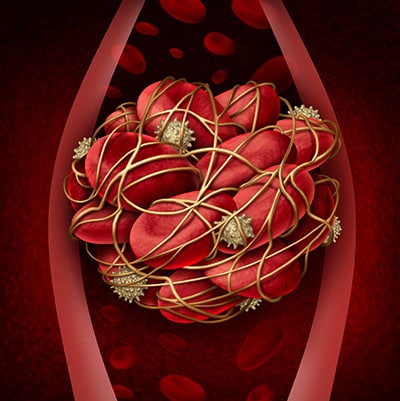
March is DVT Awareness Month! Deep vein thrombosis (DVT) is a medical condition that occurs when a blood clot forms in a deep vein. These blood clots usually develop in the lower leg, thigh, or pelvis but can also occur in the arm. The most serious complication of DVT occurs when a part of the blood clot breaks off and travels through the bloodstream to the lungs, causing a blockage known as a pulmonary embolism (PE). If the blood clot is small, and with appropriate treatment, people can recover from a PE; however, some damage to the lungs may remain. If the blood clot is large, it can stop blood from reaching the lungs, which can be deadly.
It is important to be aware of DVT, as it can happen to anybody, and can cause serious illness, disability, and, in some cases, death. The good news is that DVT can be prevented, and it can be treated if discovered early.
During DVT Awareness Month, the Centers for Disease Control and Prevention (CDC) will send out a digital newsletter each week, highlighting information, helpful tips, and various resources to help raise awareness about blood clots. The topics covered will include general facts about blood clots; blood clots and travel; blood clots and hospitalization; as well as the risk (chance) of blood clots in women during pregnancy, childbirth, and up to 3 months after delivery; and blood clots and cancer.






















.png)











No hay comentarios:
Publicar un comentario